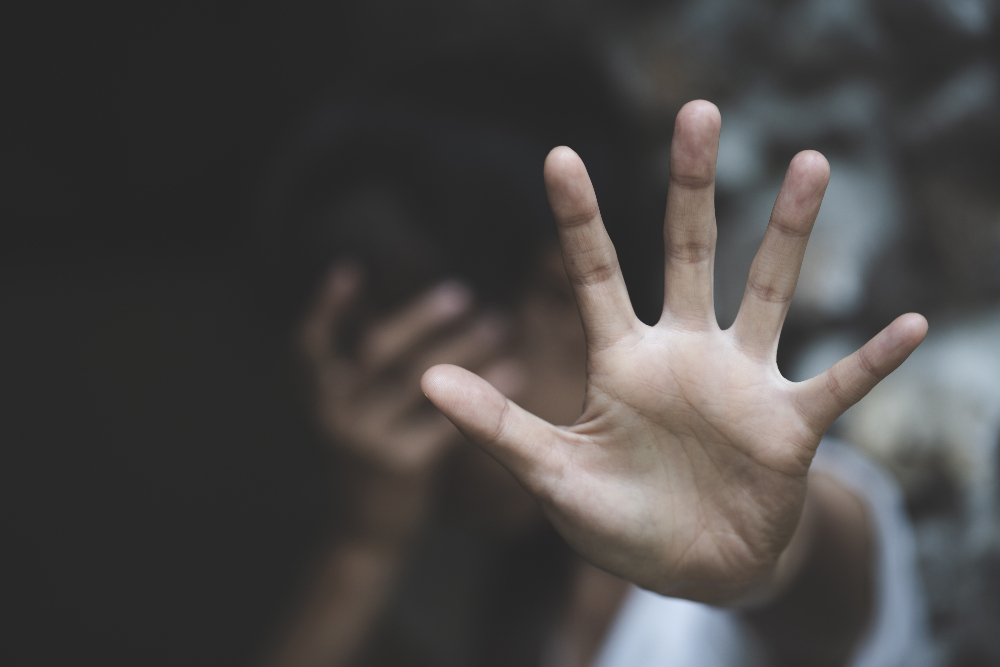
How Should I Gather Evidence of Domestic Abuse in Florida
The National Coalition Against Domestic Abuse states that 20 people per minute experience abuse by their intimate partner in the United States. This means annually, over 10 million adults are affected. Domestic violence is a prevalent issue, and knowing how to gather evidence properly can give those who need representation an easier time creating a solid claim.
While some forms of domestic violence are easily traceable, others are harder to prove. Ensuring that you gather the proper amount and type of evidence can turn the case in your favor. To prove domestic abuse, the prosecution will need to have evidence that shows both an intent to harm and proof that there was indeed bodily harm.
There needs to be more than just medical evidence of injuries to win the case. The best way is to provide examples of an intent to harm and physical medical proof. Collecting a significant amount of evidence as soon as possible is the best way to build a strong case.
How Is Domestic Violence Defined in the Florida Law?
It’s essential to recognize how the written definition of domestic violence differs between states. For Florida, domestic violence is defined by the Florida Statute 741.28 as:
“Any assault, aggravated assault, battery, aggravated battery, sexual assault, sexual battery, stalking, aggravated stalking, kidnapping, false imprisonment, or any criminal offense resulting in physical injury or death of one family or household member by another family or household member.”
Romantic partners are not the only people who can experience domestic violence. In Florida, the law recognizes that victims may also include:
- Family members
- Children
- Current or former spouses
- Parents who have a child together
- Individuals who have or are currently dating
- Cohabitants who currently live together or have lived together
Understanding the definition of domestic violence can help you take a better position when gathering evidence.
Types of Evidence Used in Domestic Violence Cases
When domestic violence occurs, collecting evidence might not be the first thing someone remembers. The faster you record information, and the more accurately you write down dates, times, and proof of harm, the easier it will be to build your case. Here are some crucial pieces of evidence that you should gather while preparing for your case:
Medical Evidence
While the police will photograph any signs of physical harm when they respond to a call, pictures of bruises or injuries also work as documentation. Other medical exams might show other signs of abuse as well.
Witness Testimonies
Those investigating the case will ask neighbors or surrounding people about the day the abuse happened or an earlier occurrence. Any signs of a fight or events that could provide insight into what happened will be strong evidence.
Security Camera Shots
Security cameras can provide photo and video evidence of the abuse. It also can confirm when and where each individual was. Cell phone videos or pictures from bystanders can also contribute to your case.
Cell Phone Records
With high-level technology providing easy access to phone records, experts can gather text messages, voicemails, and other information that might aid in the court process. Any information that can point toward aggression or a fight will give a significant amount of proof for intent to harm.
How to Build Documentation for Domestic Violence
Finding safe ways to build documentation and provide testimony before making a claim can significantly strengthen your statements. Working with people you trust or local organizations to safeguard the evidence will be vital. If you feel safe, consider the below actions that can help you gather evidence:
- Visit a doctor: Medical professionals are trained to recognize signs of abuse. If you are going to the doctor for an injury, some doctors can write a cause of injury without the police getting involved.
- Create a stalk/abuse log: Logging the time, date, and location that stalking or abuse takes place can help officials gather more evidence as you build your case.
- Let calls go to voicemail: This action may not be plausible for some, but if you have previous voicemails or receive a voicemail that showcases abuse and aggression, this can be an essential piece of evidence.
Where Can Domestic Abuse Victims Look for Help?
Both local and nationwide victims can look to the National Domestic Violence Hotline at 1-800-799-SAFE for assistance with local organizations to aid their safety. There is also the National Domestic Violence Hotline website, where you are able to identify abuse, create your plan of action, and find help. Before continuing to their site, it’s essential to know if your internet usage, mobile device, or browsing history is currently monitored.
If you suspect that this is the case, work with local libraries and free wifi hotspots for the safest option. Staying safe is an integral part of gathering information and evidence, so take protective measures.
Trust in Orlando’s Injunction Attorneys for Help
If you’re in a domestic abuse situation, our experienced team of injunction lawyers provides domestic abuse victims with the assistance they need. At Fighter Law, we understand how frightening asking for help and gathering information can be. Our team is passionate about fighting for your rights and giving you the justice you deserve.
If you or someone you love needs our help, schedule a free consultation appointment where we can discuss your circumstances by filling out our online contact form or calling us at (407) 344-4837.
Share:
free case evaluation
Fill out the form below for an free evaluation of your case.
Categories
- Birth Injury
- Boating Accidents
- Car Accidents
- Civil Rights
- Criminal Defense
- Cyberstalking
- Divorce
- Dog Bite Injury
- Domestic Abuse Charges
- Domestic Violence
- Drug Charges
- DUI Charges
- Family Law
- Felonies
- Fighter Law Firm
- Firearms
- Firm News
- Guardianship
- Injunction Removal
- Injunctions
- Marketing
- Personal Injury
- Repeat Violence Injunction
- Restraining Order
- Seal and Expunge
- Sex Crimes
- Slip and Fall
- Stalking Injunction
- Theft and Robbery
- Theme Park Trespasses
- Traffic tickets
- Uncategorized

